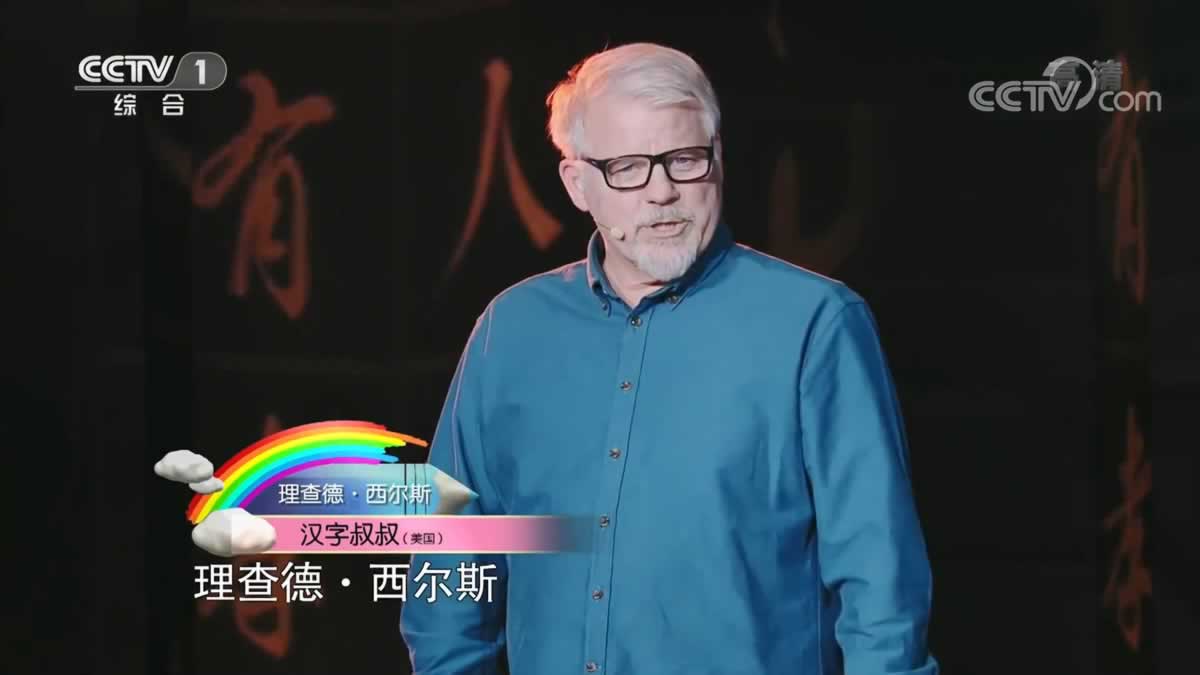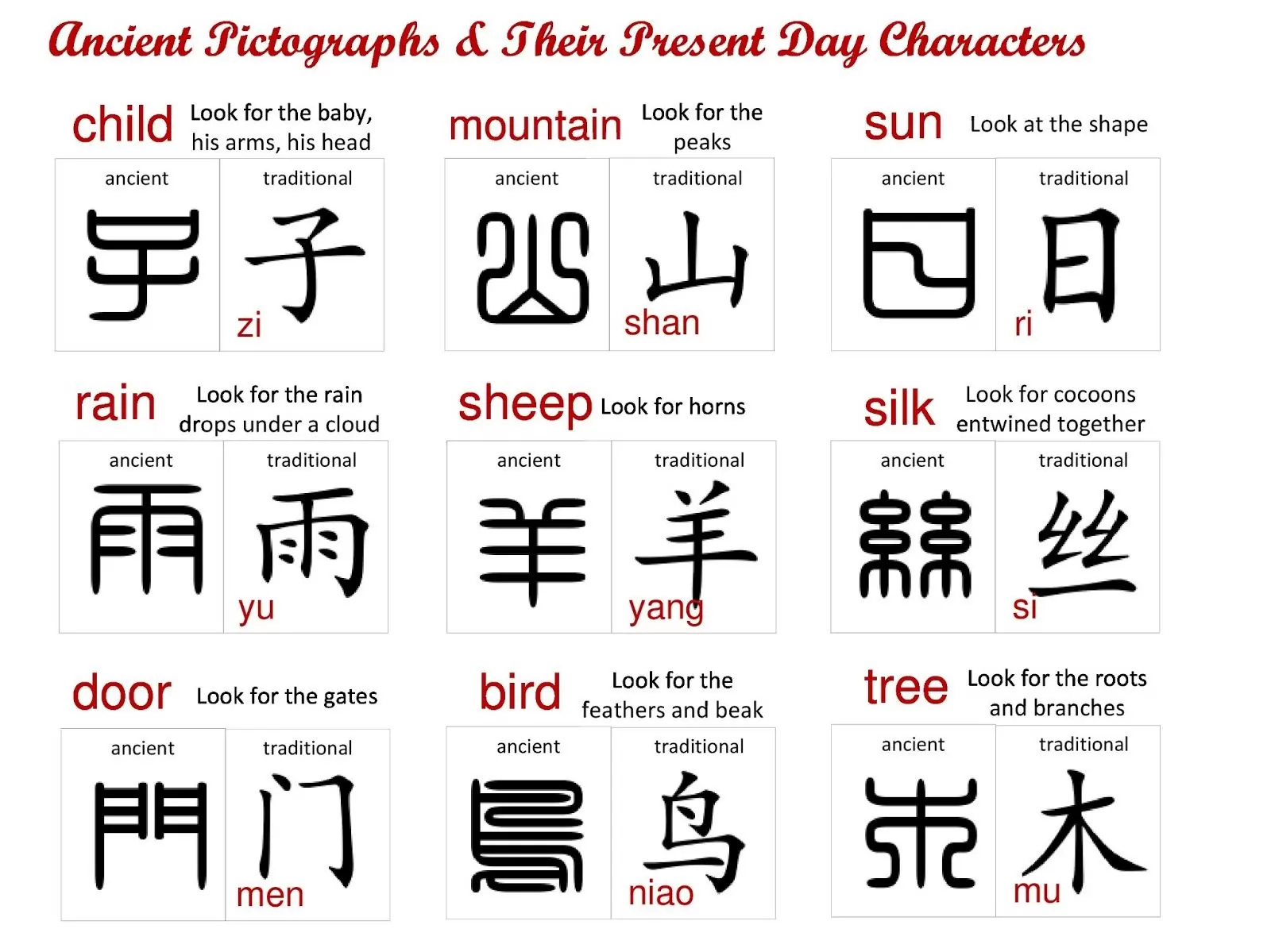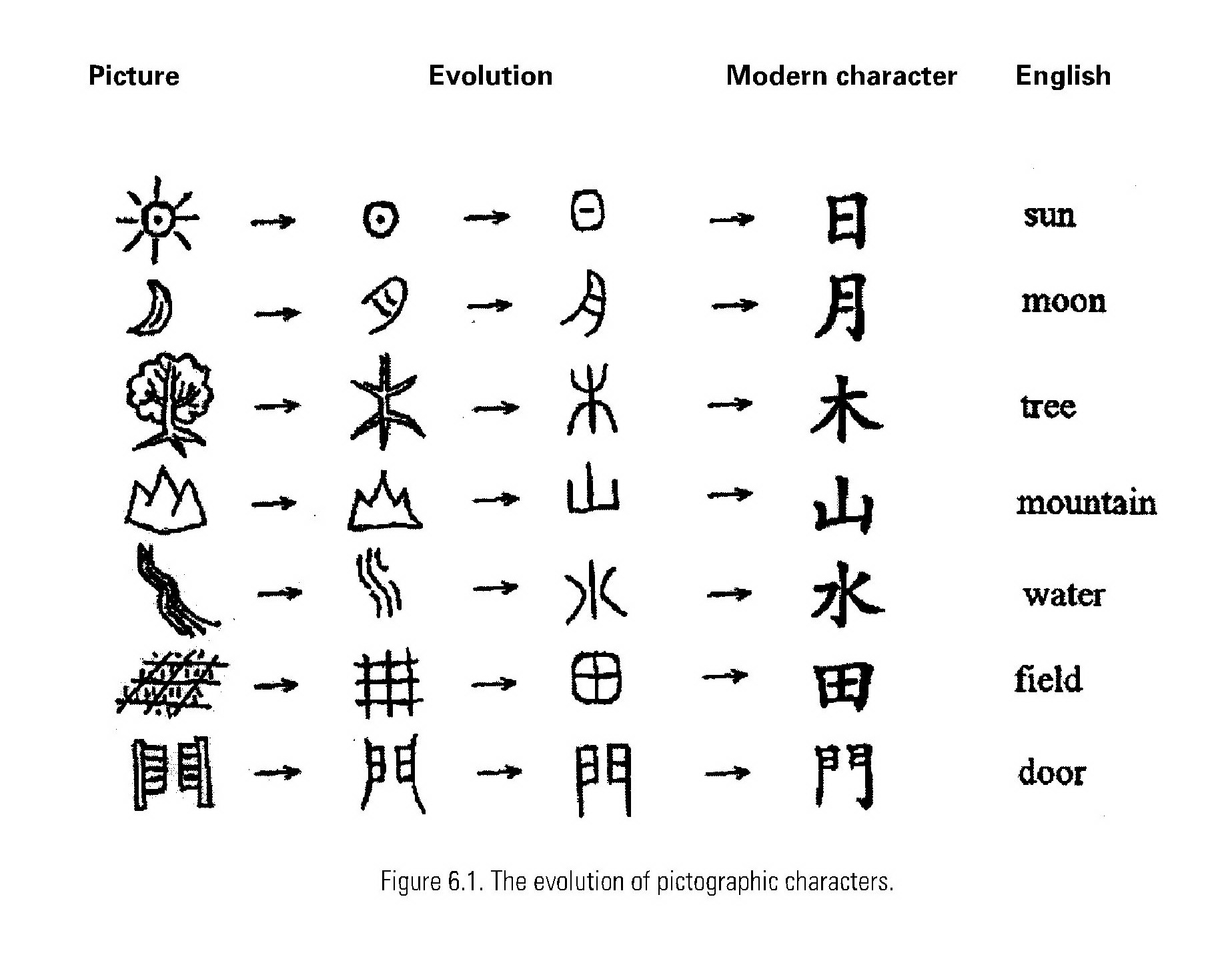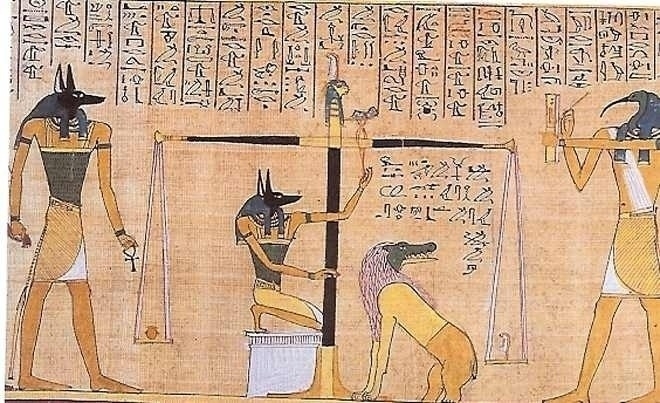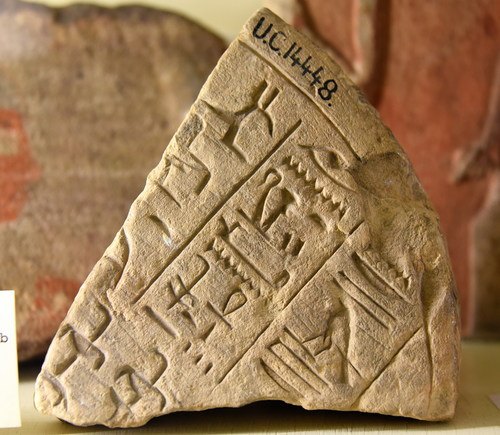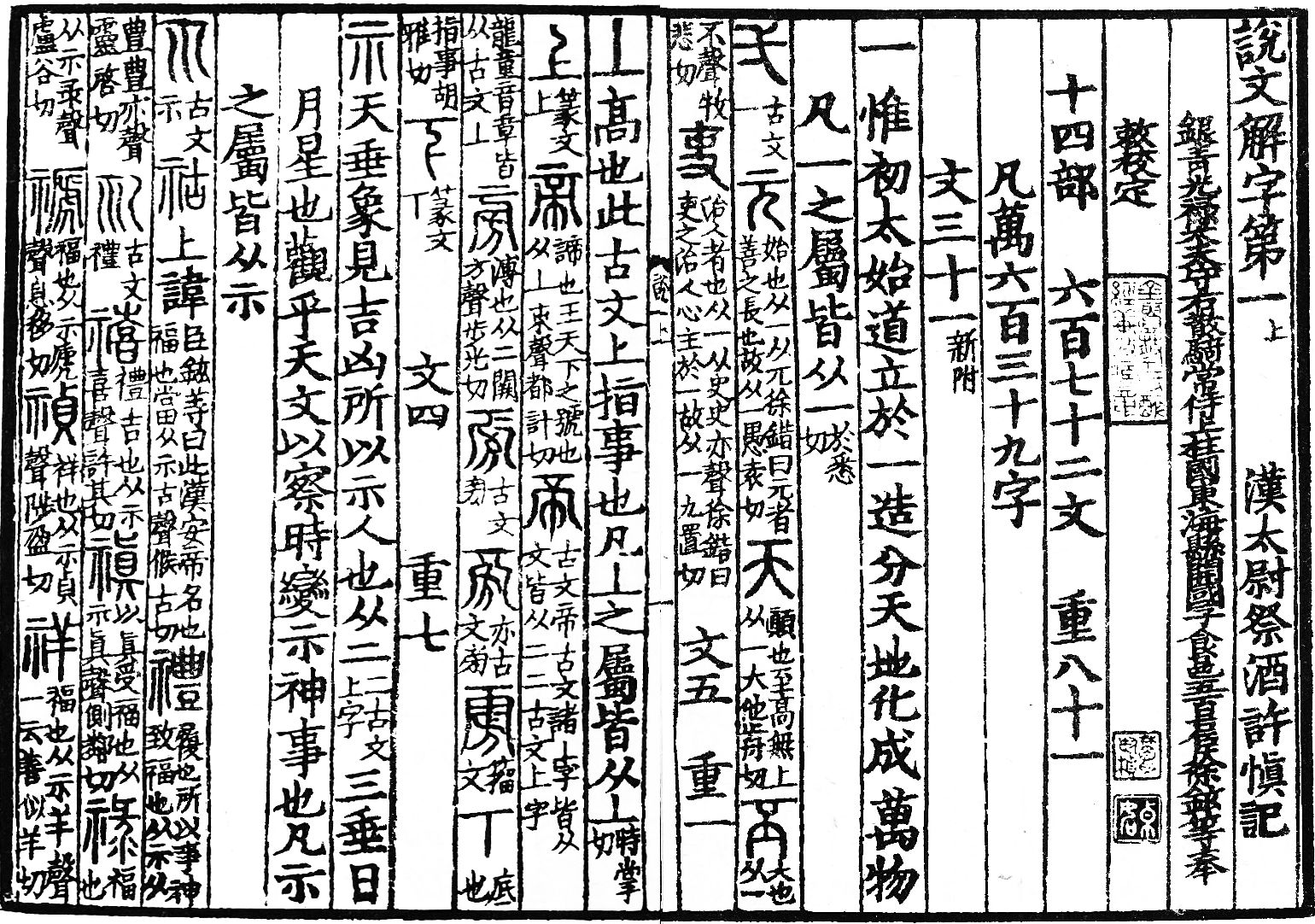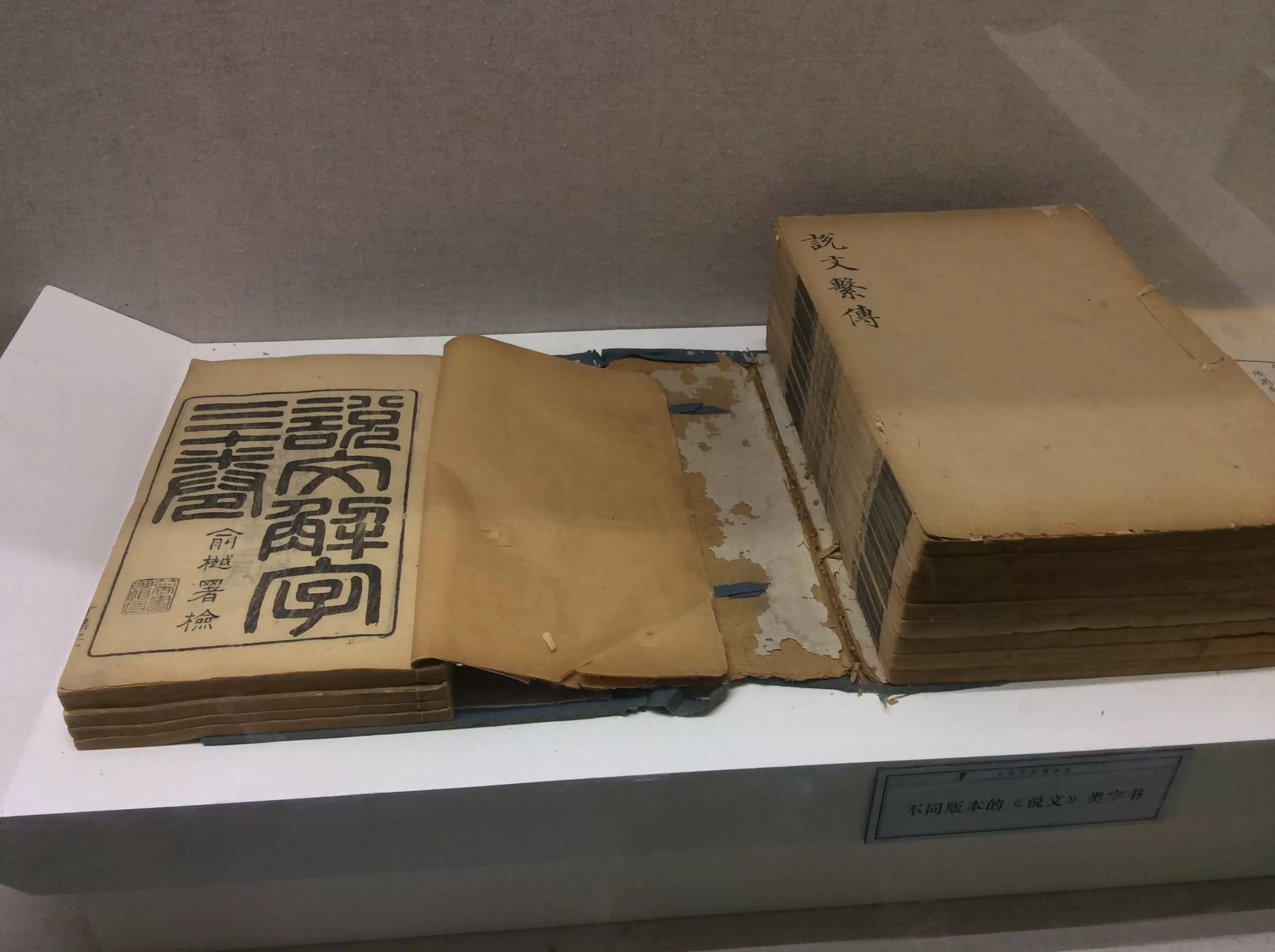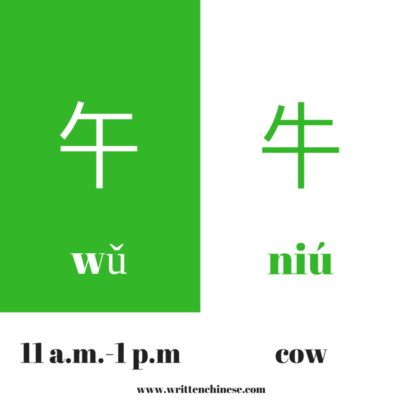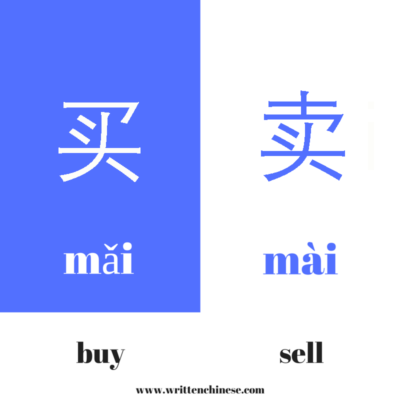Learn to read and write simplified Chinese characters from “Uncle Hanzi”, a foreigner who has made a name for himself in China!
For American Physicist, Richard Sears, memorizing Chinese characters isn’t enough. You have to know the logic and origin behind every character. For this reason, he made a database of more than 96,000 ancient character symbols in his 30 years of research.
Find out the process of how Richard Sears discovered the origin of Chinese characters and how he got the nickname “Uncle Hanzi”!

Hello Richard, can you tell me more about your story and how did you come to China?
Richard: It was in 1972 and I was on my way to Africa. I decided to get a one-way ticket to Taiwan, ended there with a few dollars in my pocket and not speaking a word of Chinese. I didn’t have a lot of friends and it took a couple of years for me to pick up speaking Chinese.

Then I went back to the United States and got a physics degree and came back and forth to China. At age 40 around 1990, as a physicist, I wanted to understand the Chinese characters, what the logic was and not a person who blindly memorizes things.
I know that Chinese characters are derived from pictographs, but I wanted to know more. The people who knew about the stories, the experts there were a lot of things that they disagreed on.
So, I decided to computerize the graphic origins of simplified Chinese characters because there was so much misinformation. It took me a long time and I ended up doing it for 30 years, and still doing it.
Now, I made a database of 96,000 ancient character symbols which covers around 15,000 characters. I analyzed about 15,000 modern characters and trace them from 3500 years, or at least to their origins.

What is the origin of Chinese characters?
Richard: The earliest existing Chinese that we have come from the oracle bone characters. They date to about 1500 B.C. but we can see from the oracle bone characters that it was highly advanced even then.

The earliest date of the origin of Chinese characters is probably around 3000 B.C. Some people would put it even before that. We don’t have the original Chinese characters so there’s a lot of stuff that we don’t understand what the original characters would have been.
How have the Chinese characters changed over time?
Richard: Originally, everything would have been in a pictograph, specifically Egyptian pictographs. They evolved as people started writing them critically, and they lost their original shape.
People would have been able to recognize them, but the characters became more and more abstract until they became modern characters.
What’s the best way to learn the Chinese characters?
Richard: If you’re a Chinese child and you’re learning simplified Chinese characters at four or five, you won’t understand all of the transitions that take place over the past several thousands of years.
For Chinese children, they blindly memorize the characters. You can present them with a character and they’ll say it looks like a fish or a horse.

For abstract characters, Chinese children just blindly memorize. If you’re an adult foreigner or an adult Chinese then you’re capable of understanding all the technology the ancient Chinese had. For foreigners, it’s helpful if you look at the character at each part and know what it means.
What are some resources you can recommend for beginners who want to learn Chinese characters?
Richard: You can check my website, it’s the only English-based resource. There are some other Chinese sites, but if you can’t read Chinese then it’s not much use to you.

My website is probably the English website that explains the origins of the Chinese characters. There are a few English books around that explain the graphic origins of simplified Chinese characters but my website is the most extensive.
How did you research all of the characters?
Richard: It all starts with the traditional Chinese. Traditional Chinese has changed too much for the last thousand years. About 60 years ago, they simplified Chinese characters and it was rather a radical process.
There are two steps that I use. First, I start explaining how they simplified the traditional or modern Chinese. Then, I go to both directions. Second, then the traditional characters you can go back step by step to the sealed characters.

The main explanation for the sealed characters is the book called Shuowen Jiezi. This book was written about 100 A.D. by a guy named Xu Shen. But he didn’t know some actual words and Chinese characters, so he guessed a lot of stuff. He guessed correctly in most cases but he also guessed some incorrectly.
The past 200 years, archaeologists have uncovered many bronze characters, which usually came from the Zhou Dynasty. It dates back to 1000 B.C.
About 125 years ago, we found an oracle bone character that dates back to 1500 B.C. My archaeological and dictionary sources come from many books and one of them is the Shuowen Jiezi. I use the most extensive and accurate archaeological book sources.
Do you have any theories why the characters in China developed differently, but in other languages, it developed into the alphabet?
Richard: Actually, these are not theories but well-established facts. There are several pictographic images like the Mayan, Egyptian, and some other earlier pictographic languages.

The Phoenicians were the first people to develop an alphabet about 1800 B.C. All of the modern alphabet, except for Japanese and Korean are derived from Phoenicians.
The Sanskrit, Latin, Mongolian – all of these alphabets come from one source, the Phoenician alphabet. Some people may disagree that Sanskrit is derived from Phoenician but I can pretty well prove it.

That’s fascinating, how is your research received in China?
Richard: I’m kind of a strange source. Number one, I’m a foreigner and number two, I’m not from academia. I worked by myself for 20 years, made a website and I was the only one, and the first one to computerize the ancient characters. Like very early on, in the 1990s.

In 2011, I went viral in China. Here’s this foreigner who put 96,000 Chinese characters on the computer and made them available to the people. When I went viral, a lot of newspapers picked it up in China.
The basic message was, we are paying all these experts and how come they are not doing this? How come a foreigner does this?
Since then, I moved to China and a lot of people know me. I go and explain all about Chinese characters. There have been some sites who tell about Chinese characters, but you have to read Chinese in order to understand.

Almost all the sources before me and now are in Chinese. Unless you have a very large Chinese vocabulary, they are not going to be of good use to the average Chinese.
Do you have any advice to foreigners who are interested in Chinese characters?
Richard: Many of the sources are mnemonics. Mnemonics is when Chinese learn characters and they often make up their own stories, but mnemonics usually have nothing to do with the original or actual history of the character.
When we use etymology, we use the actual history of the character. If I talk to etymology experts, we will probably agree 90% and disagree with 10% of the characters.
Think critically. When someone tells you a story, ask yourself if it’s really the actual story. Is that a likely story? Try to understand the actual logic of the characters and not just blindly memorize.
Yes, it seems a lot easier if you understand the root as well. Do you have examples of characters that you find interesting?
Richard: Well, characters can be seen not talked about. I can tell you over the phone, but it’s better if you see it first. On my website, you can see a picture of the characters.
In China, people will probably recognize 5,000 Chinese characters and 60,000 combinations. Besides knowing the Chinese characters, you also need to know combinations of characters.

One word example is chromosome. Many people don’t know the origin of this word, but it comes from khrōma and sōma which means dyeable body.
If you look at the cells in a microscope, you won’t be able to see the chromosomes. If you dye the chromosomes then you will see the chromosomes. The Chinese combinations tell you something about the origin of the word.
Do you have other similar examples?
Richard: You probably know this, in the United States history, they had the Boston Tea Party. I always thought that the Boston Tea Party was where Americans pretended to be Indians.
However, the Indians went into the ship and threw away all the English tea into the ocean. I figured it was a party where we go to the end of the ocean.

I was reading U.S. history in Chinese, and the party was a political party. It was only then that I realized that it was a political party.
Do you think you can read Chinese characters much quicker than in English?
Richard: No, for me I’m a foreigner and I read English slow anyway. For me, there are fast thinkers and slow thinkers, and I happen to be a slow thinker. But that doesn’t mean I’m dumb, it means I usually think about things deeper.

Most of the stuff I read in English is about physics or complicated stuff that I have to think about. I never read novels, so I don’t read quickly. It’s the same in Chinese. I’m still a foreigner so I read much slower than a Chinese does. I think when it comes to information retrieval, Chinese and English are about the same speed.
Is there anything else you would like to say?
Richard: That’s about it, those are the basics of the Chinese characters.
Thank you so much, Richard!
Richard introduces his website in this video by China Global Television Network (CGTN) [5:01]:
This was one of the most interesting interviews we’ve done so far! We learned so much from you, Uncle Hanzi. Thanks for sharing your time and expertise.
Get access to Richard’s website at Chineseetymology.org.
If you are interested in studying Chinese. You can check out the Chinese courses in China and online here.
- Shantou University Medical College (SUMC) MBBS Application Guide 2025 - April 24, 2025
- Top 10 Ranked Chinese Universities - January 10, 2025
- China Scholarships – The 2025 Guide for International Students - December 30, 2024
